Recently Released.
Newly Released in the last 30 days



Paginating our Course List
In this lesson, we'll transform our courses list endpoint into a pagination endpoint. We'll check and validate our query string for a page and per page parameter that we'll then use to fetch pages of our courses.


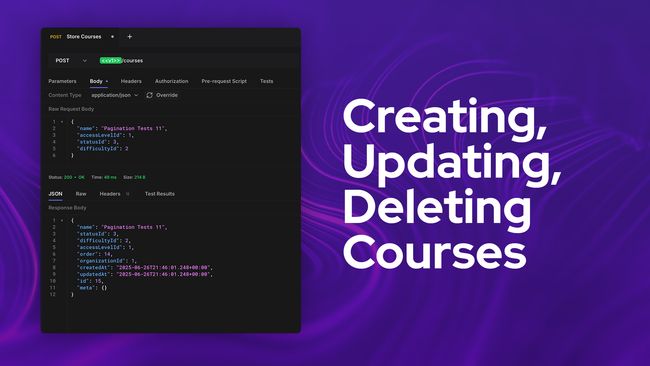
Creating, Updating, and Deleting Courses
In this lesson, we'll add endpoints to allow creating, updating, and deleting courses from our API. We'll then use this to stub a number of test courses to give us wiggle room to play with our pagination.



Listing Courses
Our goal in this step is to add an endpoint that lists our courses. We'll then build upon this endpoint further with the ultimate goal of getting a list of paginated courses.


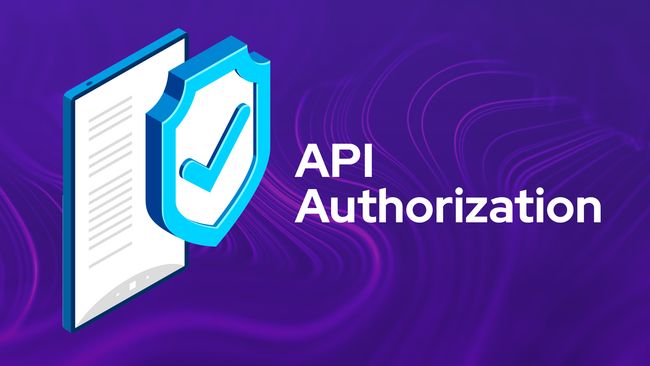
API Authorization Checks
In this lesson, we'll implement our API Authorization checks across all the API controller methods we've implemented thus far. We'll then create a specific access token for each operation (read, create, update, and delete) to ensure everything is working.


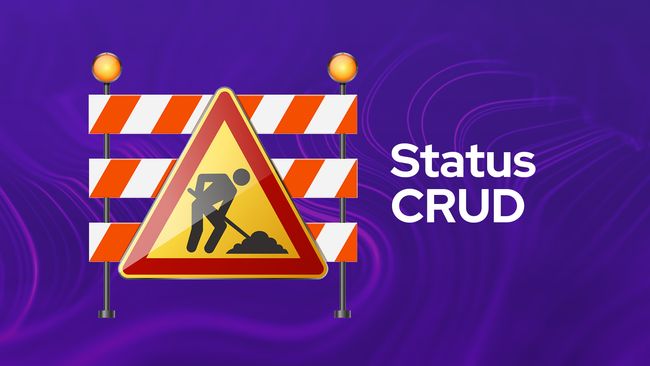
Status API CRUD
In this lesson, we'll duplicate everything we did one more time for our organization's statuses.


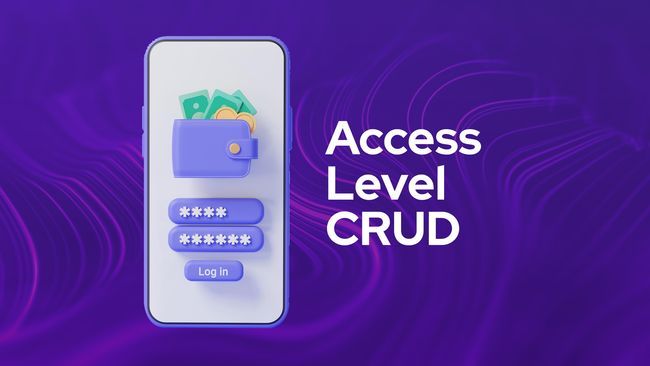
Access Level API CRUD
In this lesson, we'll walk through adding API endpoints for the full CRUD (create, read, update, and delete) flow for our organization's access levels.


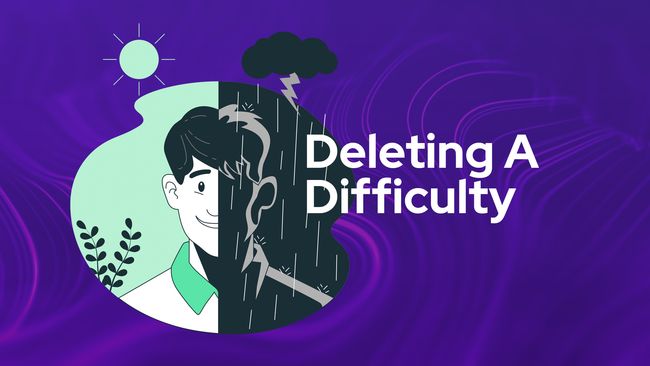
Deleting A Difficulty
The last CRUD method we need to add is the ability to delete our a difficulty by adding a DELETE API route, we'll take care of that in this lesson.


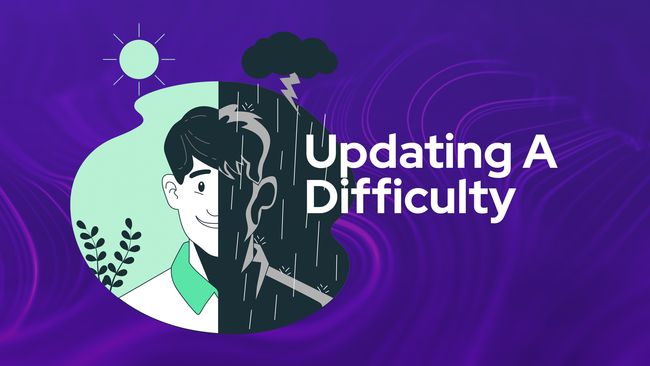
Updating A Difficulty
In this lesson, we'll add a PUT API route to handle updating our difficulties! This route will also accept in a specific difficulty id via route parameter to specify which difficulty should be updated.



Getting A Specific Difficulty
In this lesson, we'll add a GET API route enabling us to get the details of a specific difficulty by providing the difficulties id via route parameter.



Creating Organization Difficulties
Next, we'll add a POST route and handler so that we can create difficulties from our API


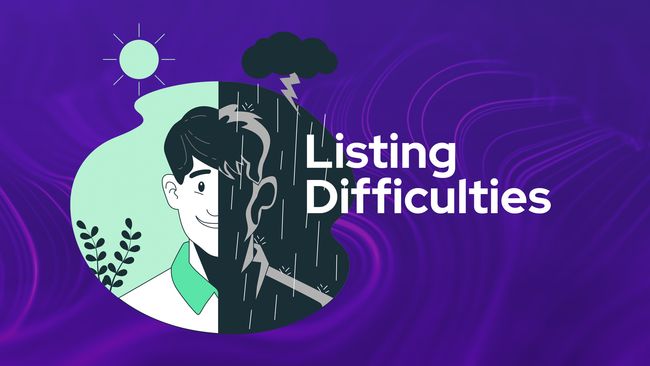
Listing Organization Difficulties
In this lesson, we'll begin work on our first CRUD-based API resource by adding the ability to query a list of all our organization's difficulties.
Lessons.

Exploring My Favorite AdonisJS Model Query Builder Macros: Tips and Examples
In this lesson, I'll highlight a few of my favorite Model Query Builder Macros that I carry with me from project to project. Have a favorite of your own? Let me know in the comments!
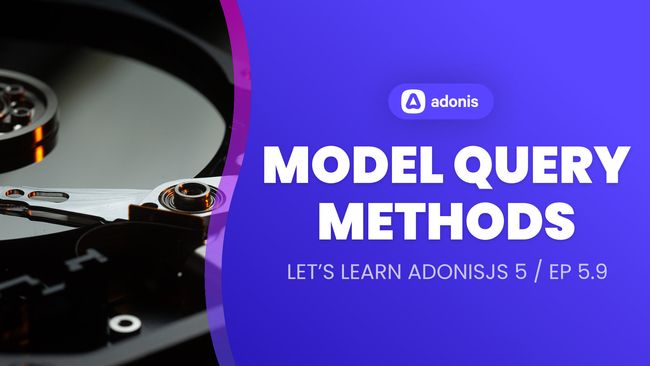
Easy Querying with Static Model Query Methods
In this lesson, we'll learn what static methods are available on our Lucid Models to help us easily query records from our database. These methods offer a convenient query option compared to the query builder.
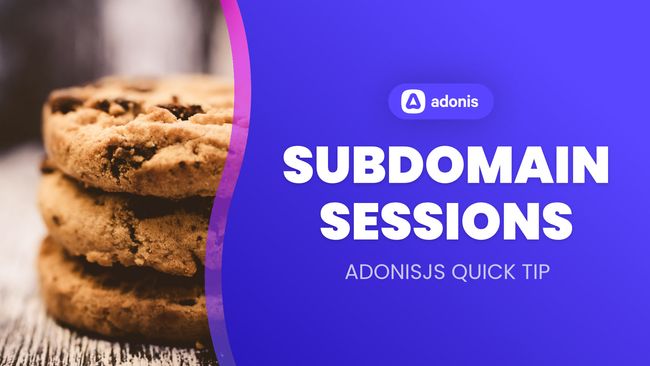
How To Seamlessly Share AdonisJS Sessions & Authentication Across Subdomains
In this lesson, we'll learn how one simple tweak to our AdonisJS project allows us to seamlessly share sessions and user authentication across multiple subdomains, as well as our application's primary domain.

Password Hashing & Model Hook Overview
In this lesson, we'll learn briefly about the model hooks available and how they work. Then, we'll walk through an example by hashing our password anytime it is changed.

Creating Records with Lucid ORM
In this lesson, we'll learn various ways we can create and bulk-create records using the AdonisJS Lucid ORM.

Defining Model Relationships
In this lesson, we'll learn how to define relationships on our Lucid Models. We'll cover one-to-one, many-to-one, one-to-many, and many-to-many relationship definitions.
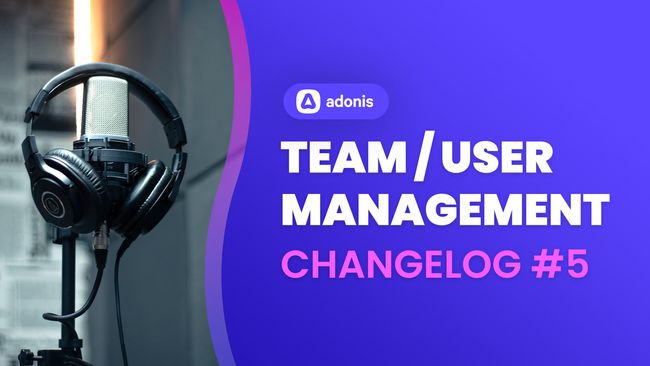
Team / User Management
In this stream, we'll add the ability for admins to invite others to their team. They'll be able to either invite them as a member or another admin.

Remember Me in AdonisJS Authentication
In this lesson, we'll take a look at how to remember the user's authentication session in AdonisJS Auth. We'll learn how to define the remember me checkbox within our form and more.
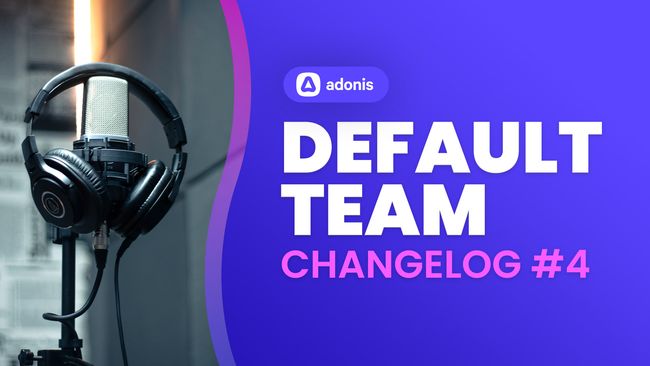
Creating Teams & Setting Default Team
In this stream, we'll be adding the ability to create new teams, set the default team for a user when they switch between teams, and auto-forward users to their default team after login.

Database Migrations To Lucid Models
In this lesson, we'll walk through examples of transferring our database migrations into our Lucid Models. This will pave the way for us to begin CRUD operations in later lessons.

Database Schema to Migration
In this lesson, we'll walk through a real-world example of a database schema and how to create migrations. We'll define each table's columns, primary keys, and foreign keys.
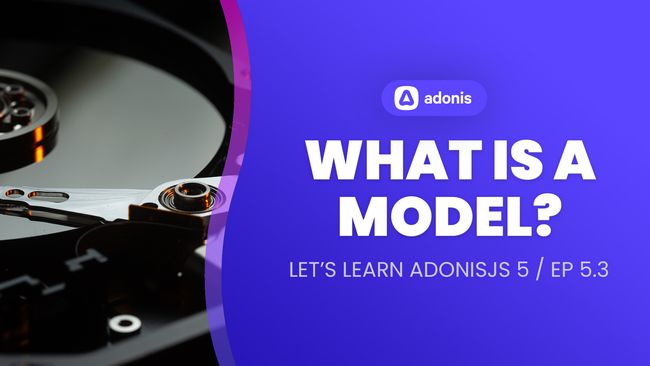
What Is A Model?
In this lesson, we'll delve into AdonisJS Models learning what they are, what they represent, how to create them, what we can do with them, and more.

Creating A Default Team After Sign Up
In this stream, we'll create a default team for users after signing up for our changelog application. After signing up, we'll take the user to a screen where they can update details on their default team.

Minify Your AdonisJS HTML in 5 Minutes
We'll learn how we can alter all our AdonisJS HTML response bodies using a simple global middleware to add HTML minification.

Simple Steps To Require Email Verification In Your AdonisJS App
Learn how to require your users to verify their email address using a Token model with AdonisJS and Lucid ORM.
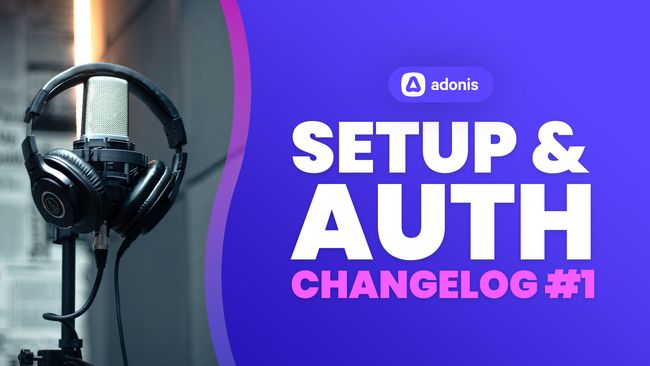
Creating Our AdonisJS Project & Getting Setup
In this stream, we'll start building a changelog application with AdonisJS

How To Create Your Own Global Helpers in AdonisJS
In this lesson, we'll learn how we can create our own globally available helper methods & properties in AdonisJS.
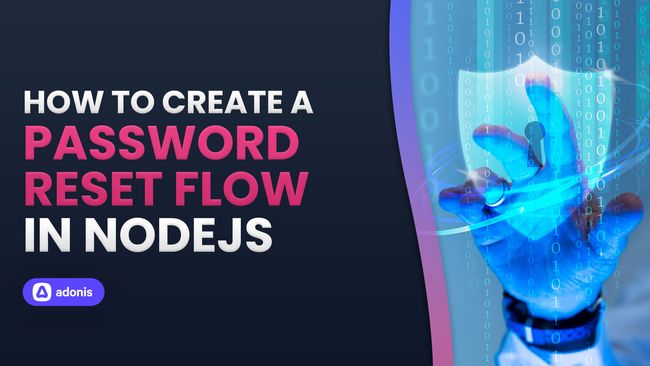
How To Create A Password Reset Flow in NodeJS with AdonisJS
In this lesson, we'll cover, from start to finish, how to create your own password reset (or forgot password) flow in your NodeJS application with AdonisJS.
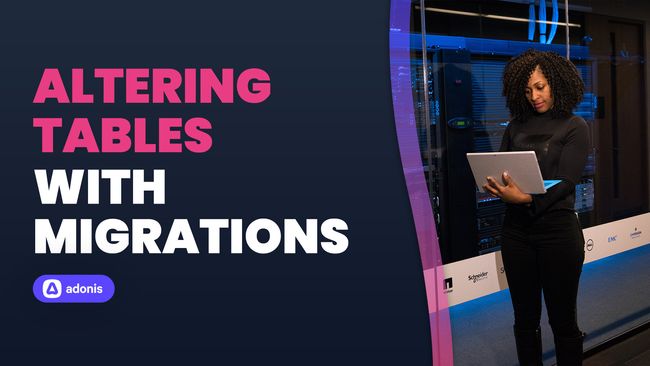
What To Know Before Altering Your Database with Migrations
In this lesson, we'll discuss two different flows you can use to alter your database. One, when working completely locally and another when a migration has already been executed on your production database.
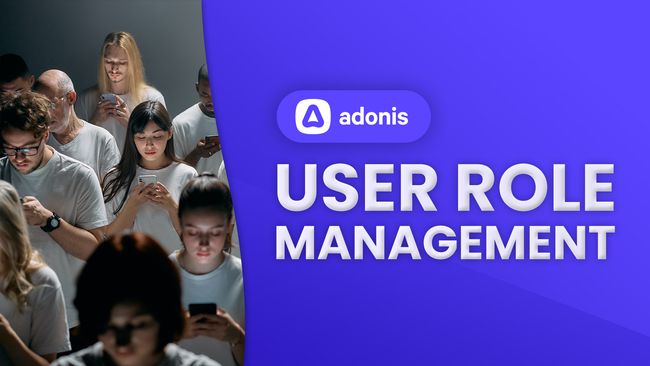
AdonisJS User Role Management
In this lesson, we'll learn how to create a user management screen that'll allow administrators to change any of our registered user's roles
Showing 281 to 300 of 375 results